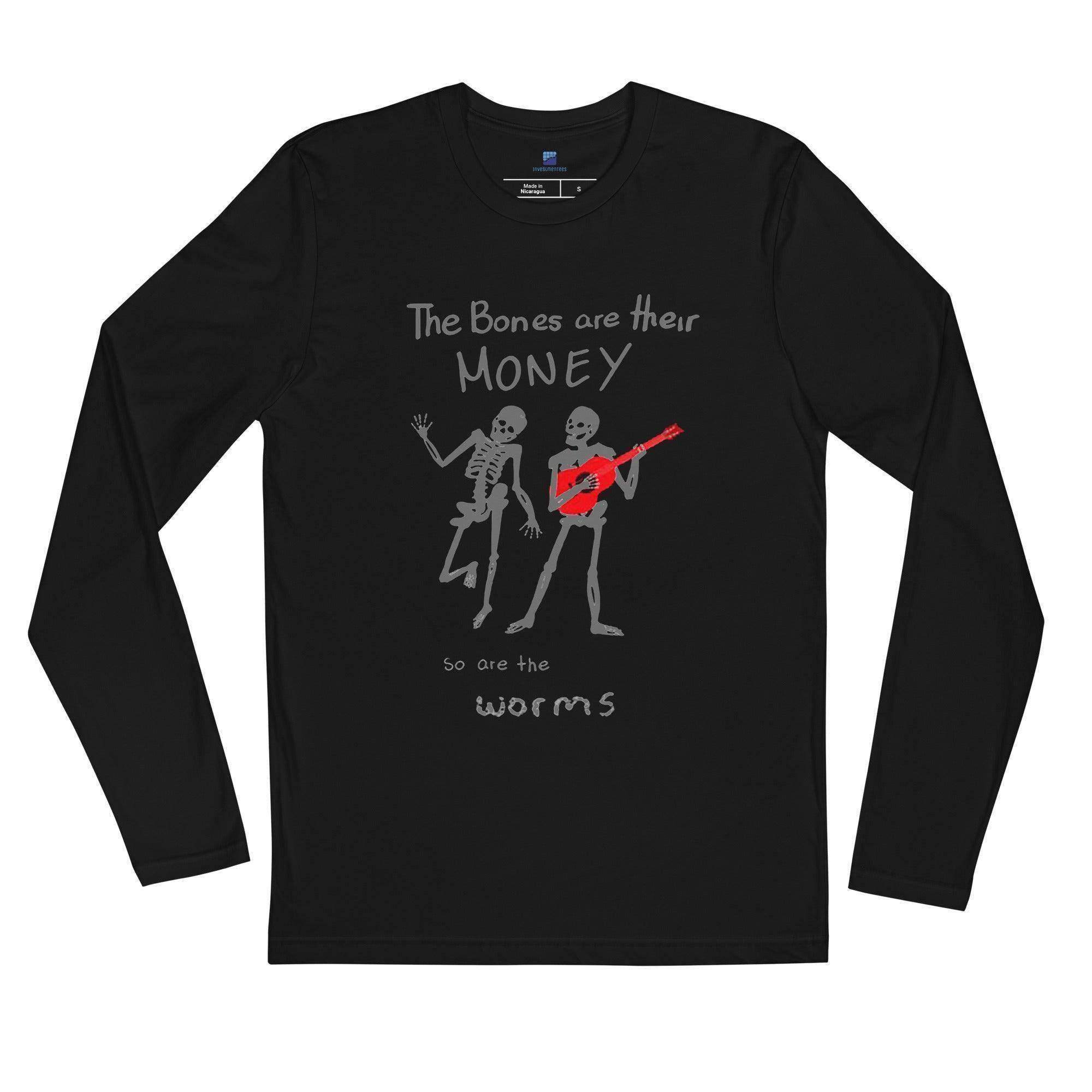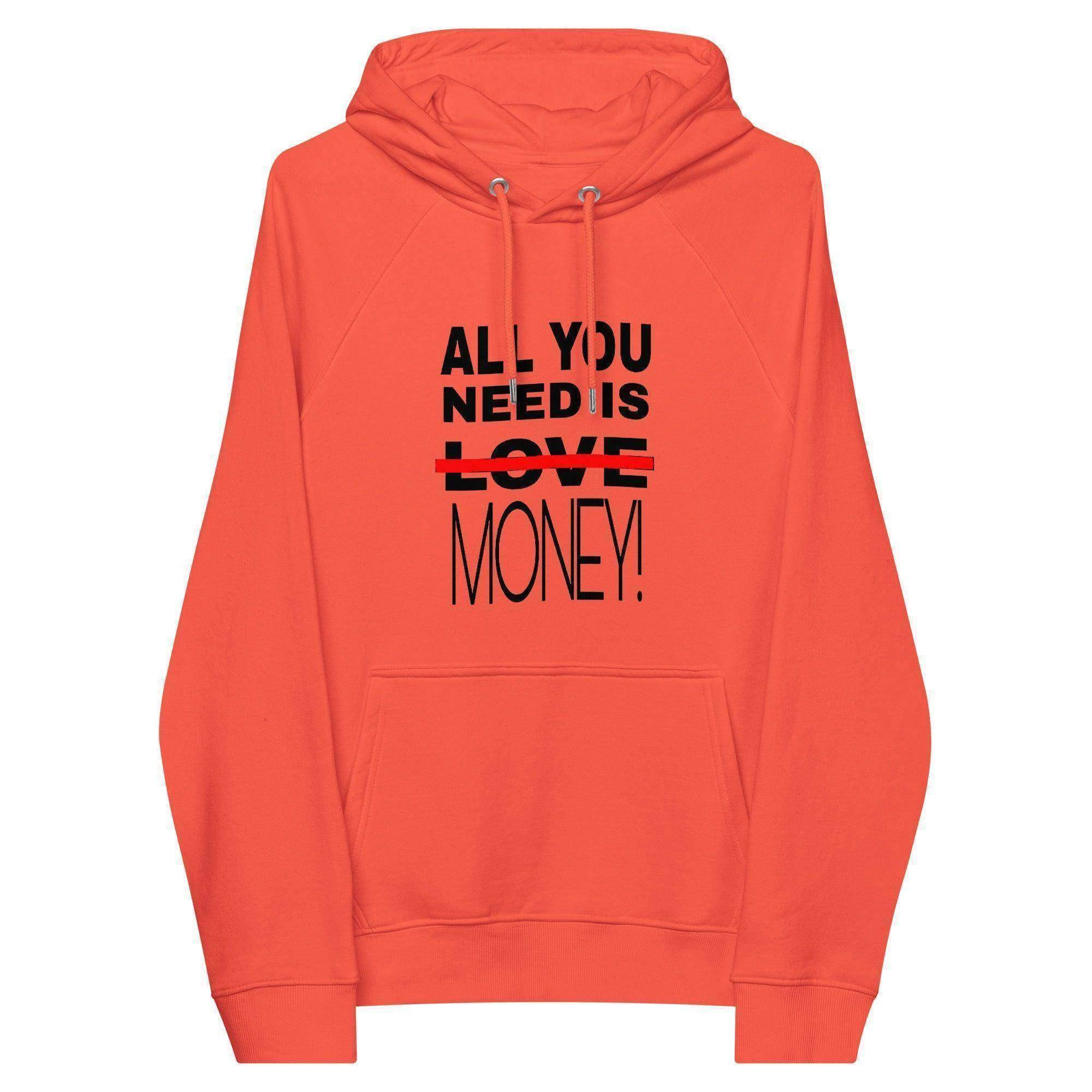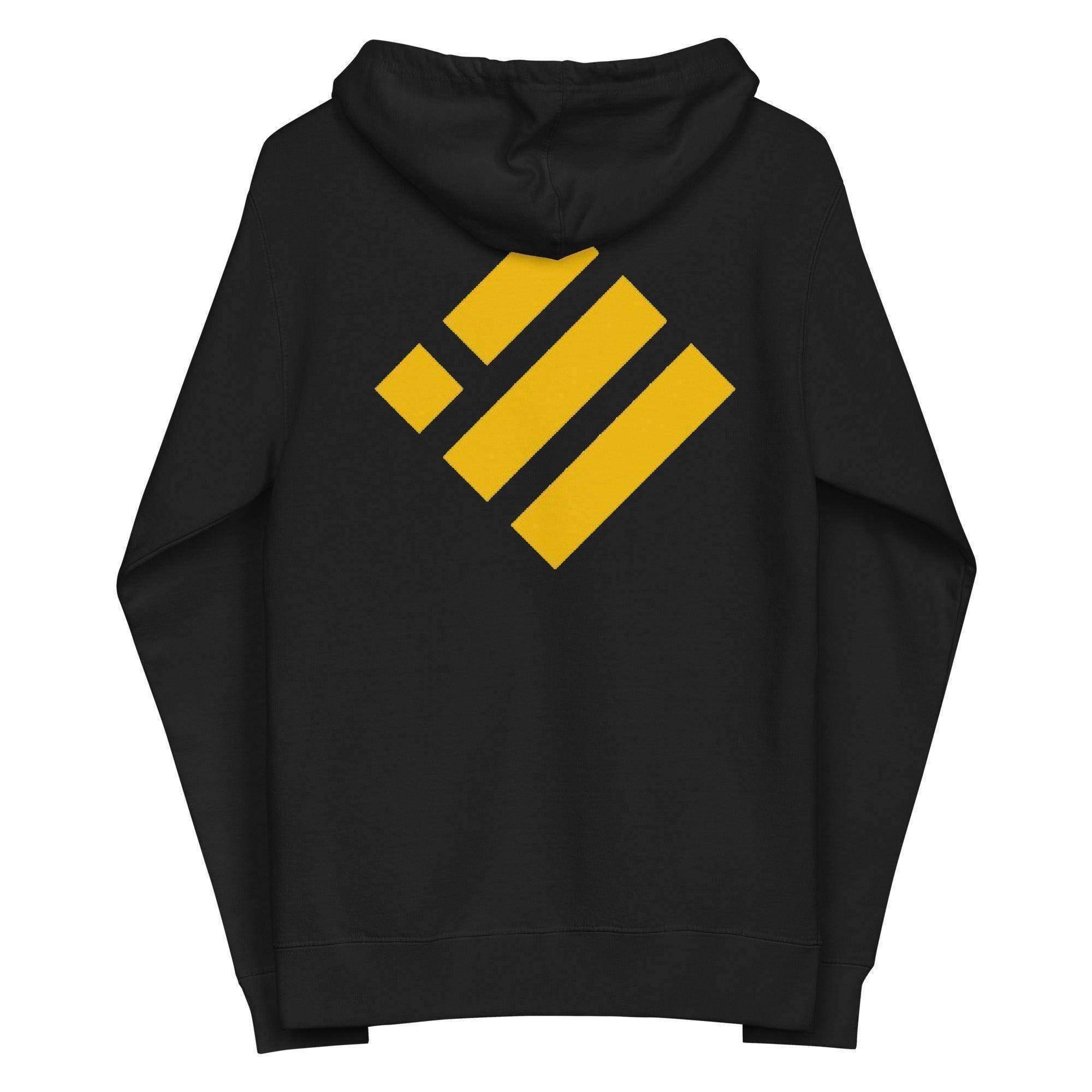
5 Steps To ORB Trading
Open Range Breakout (ORB) trading refers to a strategy where a trader identifies a specific time window after the market opens, calculates the high and low of that initial range, and then takes a position when the price breaks out of that range.
The key idea rests on the concept that the first minutes of trading set a tone for the rest of the session. Because of that initial directional momentum, traders believe a breakout from the open range can signal a strong move.
In ORB trading, the trader actively monitors the high and low of the defined open range period. Then they set entry orders just beyond those levels, expecting a directional bias once the breakout occurs. They may place stop losses and target profits accordingly to manage risk.
Why the Open Range Matters
The open range matters because volume often clusters after the market opens, and participants react to overnight news, earnings, or global events. As the range forms, it encapsulates initial sentiment. Therefore, when price breaks above or below that range, it reveals a shift in sentiment or fresh strength or weakness.
Traders lean on that structural shift as a potentially strong move. In addition, the open range helps define risk because it contains the initial volatility period. By setting stop losses just inside the range, traders limit downside while preserving upside potential.
How to Define the Open Range
To implement ORB trading you first pick your time window, commonly the first 15, 30, or 60 minutes after market open. During that period you note the highest price and lowest price. Once that window closes you mark those two prices as the range.
Next you place your breakout orders: one buy order just above the high, and one sell order just below the low. If price breaks above, the long trade triggers; if price breaks below, the short trade triggers.
Stop losses are typically placed inside the range to give some room for false breakouts. You also define a profit target or use a trailing stop to capture gains.
Example of ORB Trading in Action
Imagine a stock opens at $50. Over the first 15 minutes the highest price reaches $52 and the lowest hits $49.
You set a buy order at $52.10 and a sell order at $48.90. Price later moves up and breaks the high, reaching $52.10. You enter long. You place stop loss at $49.80 (just inside the range) and define a profit target at $55.
After some minutes the stock rises to $55.25, your trade closes in profit. Alternatively, if price had fallen to $48.90 your short position would trigger, stop might be set at $51.00, and you might target $45. All of this happens with the understanding that the initial range gives directional bias.
Profit From ORB Trading
Traders profit from ORB by capturing a breakout move that follows early market sentiment.
First, they clearly define entry and exit rules ahead of time. That clarity prevents emotional decision‑making.
Second, they use disciplined risk management: stop losses are proportionate, and position sizing reflects trading capital.
Third, they watch for confirmation: a strong breakout often comes with increased volume or a clear price spike.
Fourth, traders avoid chasing price once it’s already moved far from the breakout; instead they enter near the breakout and ride the move.
Fifth, back‑testing and journaling help refine the strategy for the specific market or instrument. Through these steps, profit potential improves.
Risks and How to Mitigate Them
ORB trading carries risk. False breakouts can cause losses if price flips back into the range. The market may also lack sufficient volatility for meaningful breakout moves, leading to flat results or stop outs.
To mitigate risks, traders only take breakouts that meet certain criteria such as volume thresholds or related catalysts. They may skip trades when market conditions are poor. They also adapt stop loss placement to instrument volatility and avoid oversized positions. By using risk‑reward ratios of at least 1:2, traders ensure that many small losses can be offset by fewer large winners.
Choosing Markets and Timeframes
ORB trading works across markets: stocks, futures, forex, and commodities. The key is liquidity and a defined open period. For example, in U.S. equities the market open at 9:30 a.m. ET is commonly used. In futures the CME open may apply.
Timeframes vary: 5‑minute, 15‑minute windows, or longer for less volatile markets. The trader should pick markets with consistent opening volatility. They also adapt their breakout threshold and stop size according to the instrument. By matching framework to market, traders improve odds.
Refining Strategy Over Time
To refine ORB trading you track every trade in a journal. Note the time window used, the breakout trigger, size of move, stop loss, target and outcome. Over time you may identify which time windows yield best results, which markets behave well, and which breakout directions you prefer.
You may also integrate other tools: moving average filters, market context (trend or range), prior day high/low, or volume spikes. By layering additional criteria you can reduce false signals and improve your success rate.
Conclusion
ORB trading offers a clear and structured way to capture early‑session momentum by using the open range breakout concept. With disciplined entry rules, defined stop losses, and proper risk control, traders can implement this strategy across asset classes. While risks exist, chiefly false breakouts and low volatility, these can be managed through criteria and refinement.
Ultimately, consistently applying ORB rules, adapting to your preferred market, and tracking results will improve your probability of profiting.





Leave a comment
This site is protected by hCaptcha and the hCaptcha Privacy Policy and Terms of Service apply.